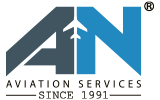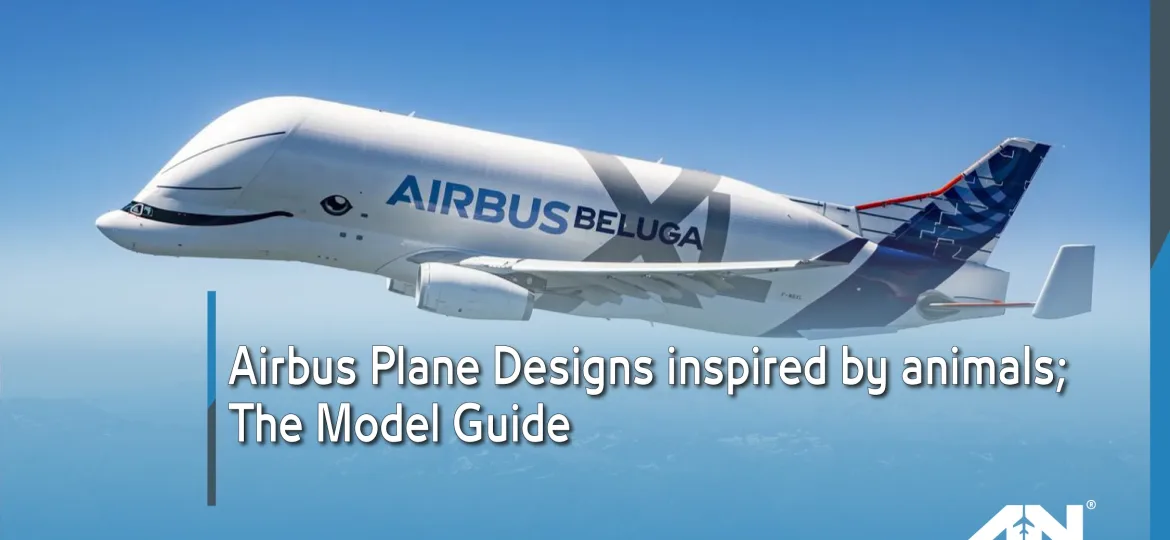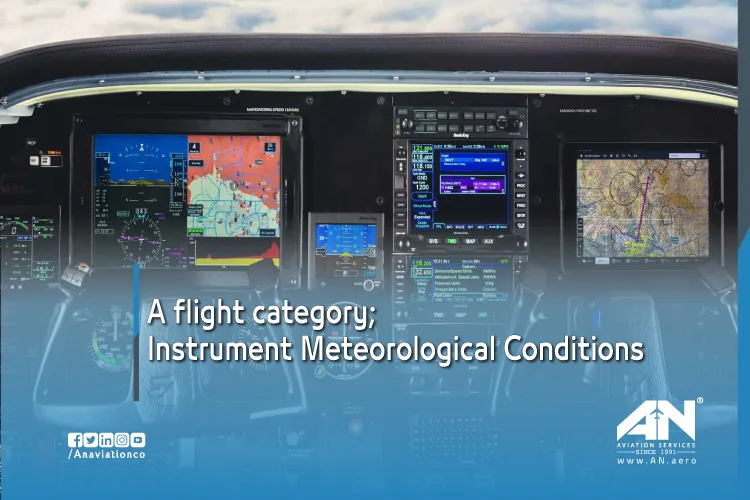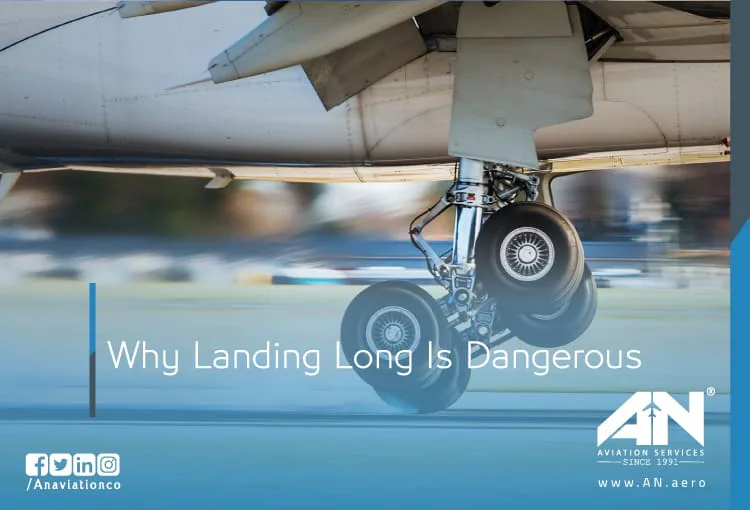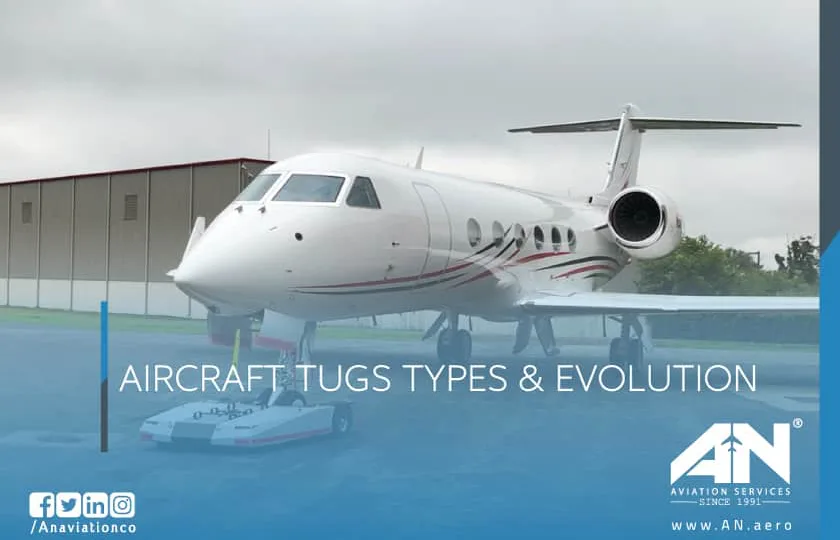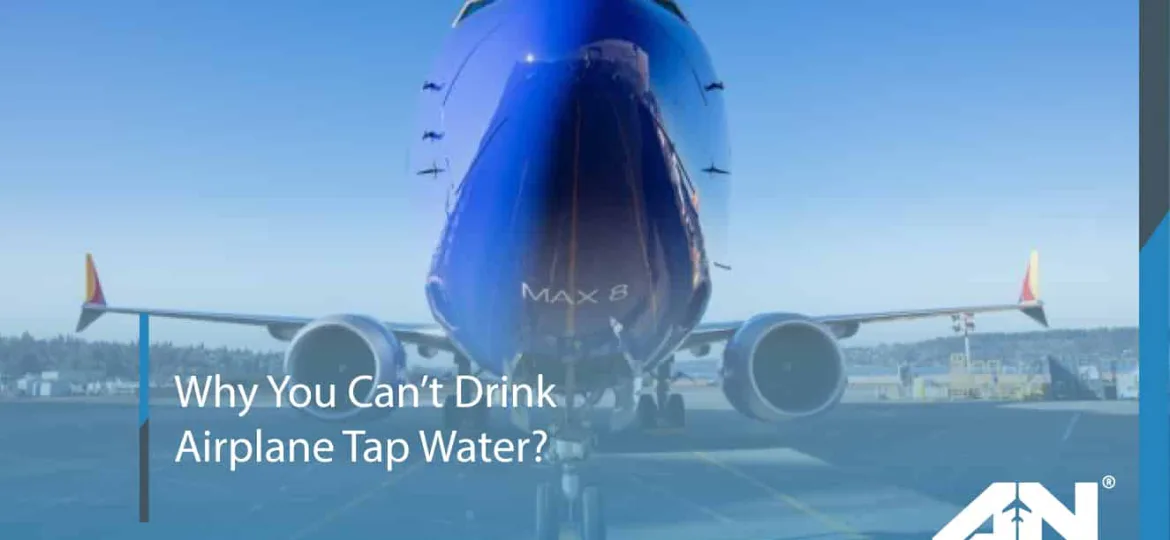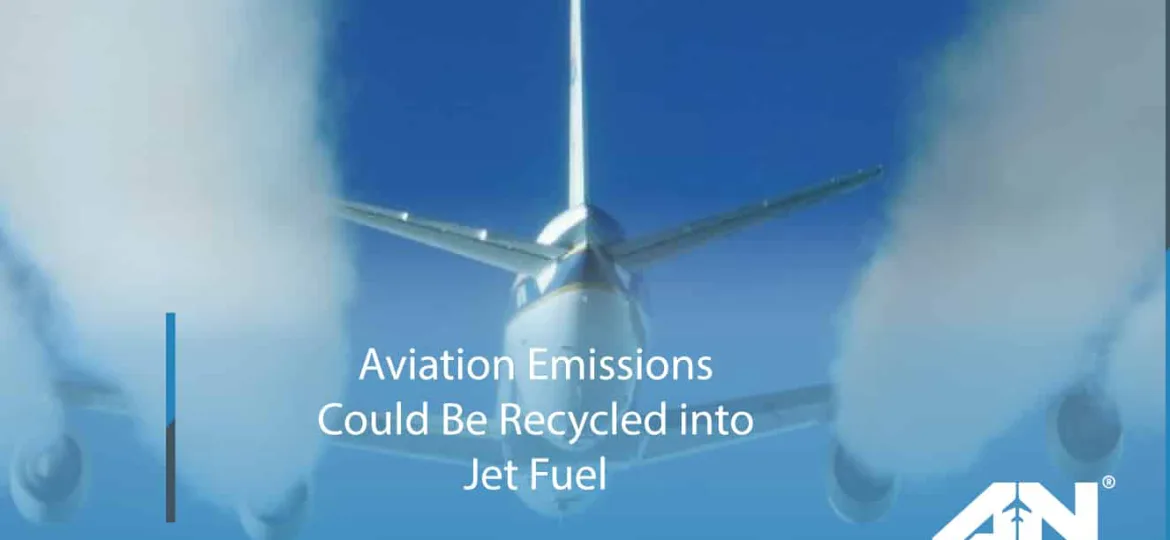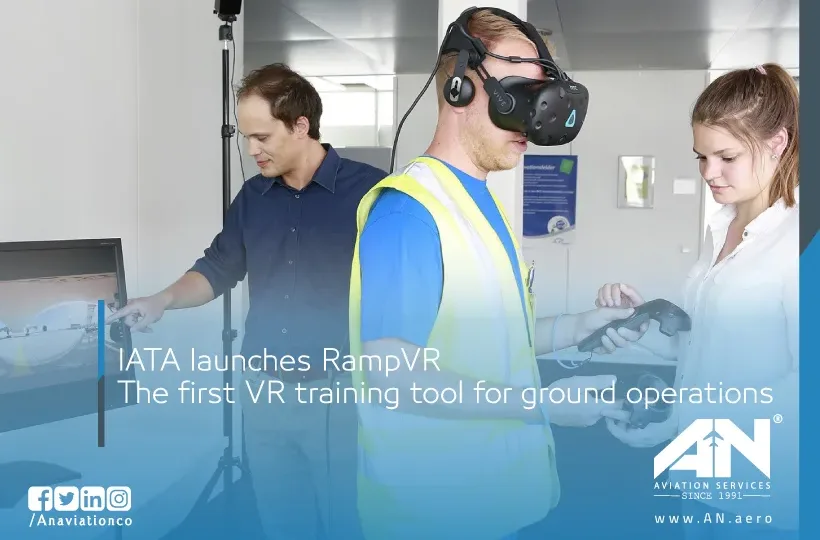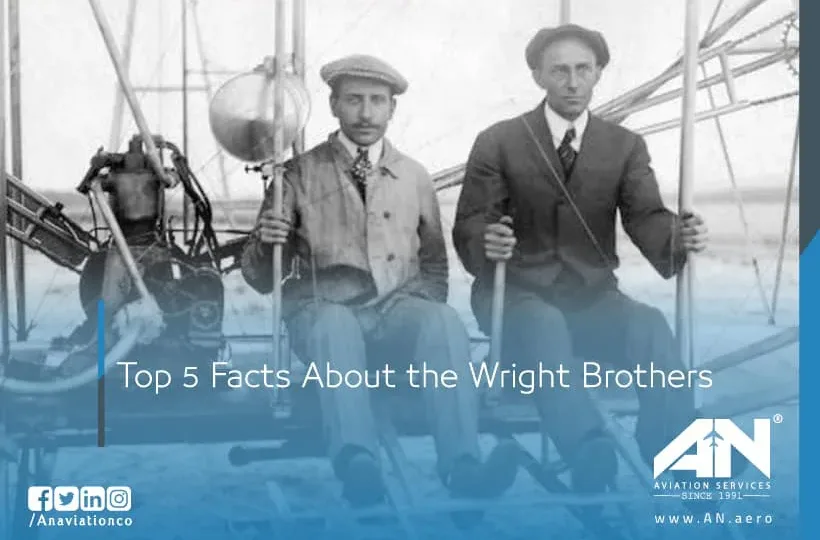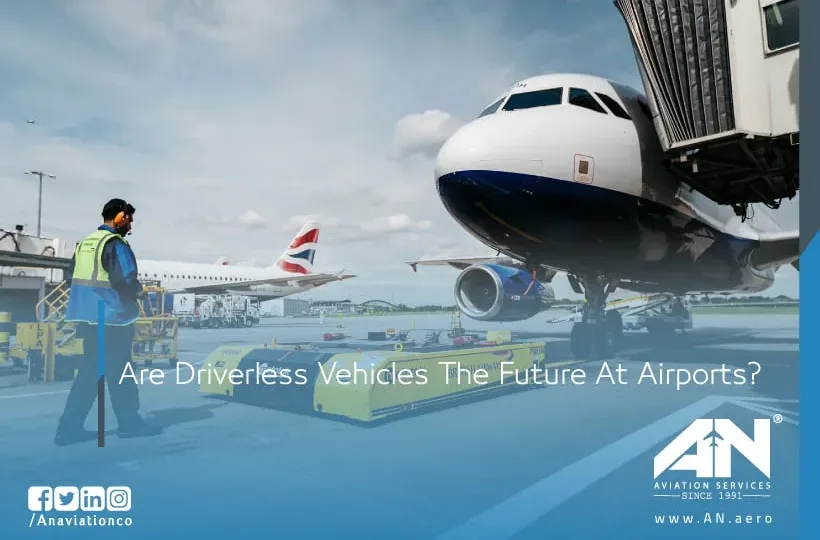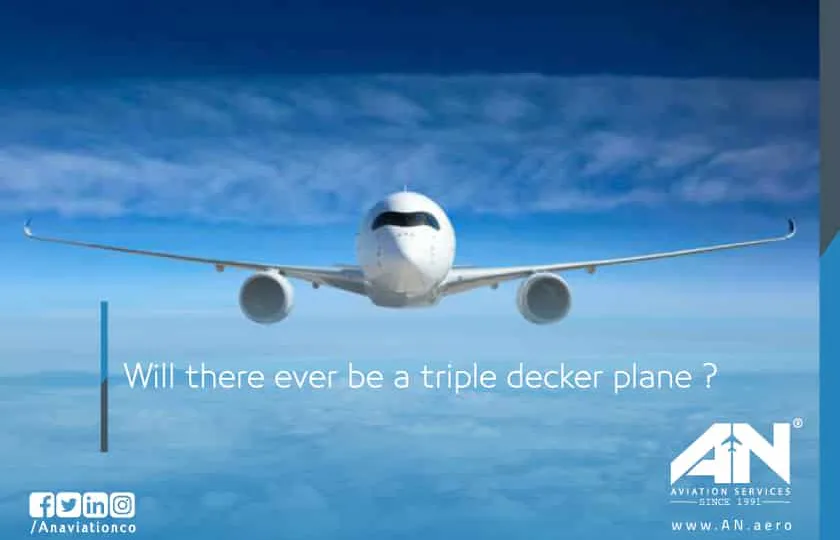The aviation industry has long looked to nature for inspiration. With its incredible diversity of adaptations and efficiencies, the animal kingdom serves as a source of creative breakthroughs in design and technology.
plane
Flying through the skies often comes with its challenges, especially when visibility is reduced, or weather conditions make it impossible for pilots to navigate using visual references.
Landing an aircraft safely is one of the most critical phases of any flight. While takeoffs and cruising are crucial, landings demand precision, focus, and a clear understanding of the environment.
Behind every smooth aircraft operation on the ground lies the often-overlooked machinery that makes it possible: aircraft tugs.
When you’re cruising at 35,000 feet, staying hydrated is essential for your comfort and health. But what about the airplane tap water used for making coffee or tea? Should you trust it?
The aviation industry has long been a cornerstone of global connectivity, enabling people and goods to traverse the world at an unprecedented pace.
In an exciting leap forward for the aviation industry, the International Air Transport Association (IATA) has launched RampVR, the world’s first virtual reality training platform designed specifically for ground operations.
When you think about the pioneers of aviation, Orville and Wilbur Wright, better known as the Wright Brothers, are the names that instantly come to mind.
These fully autonomous vehicles are no longer just part of science fiction—they’re rapidly becoming a reality in various industries, and airports are no exception.
From the early days of single-level cabins to the iconic double-decker planes like the Boeing 747 and Airbus A380, aviation technology has consistently pushed the boundaries of what’s possible.
